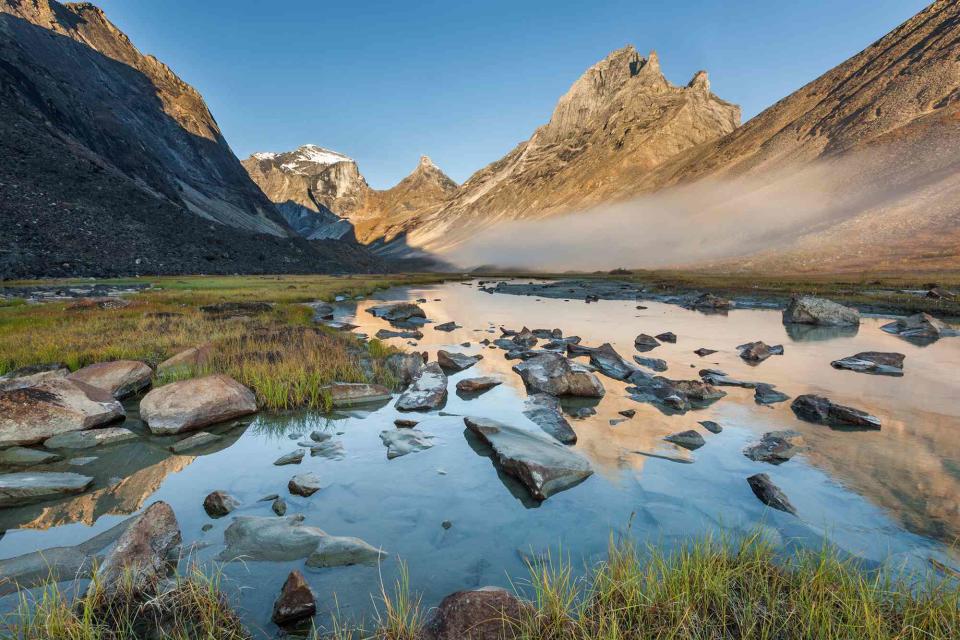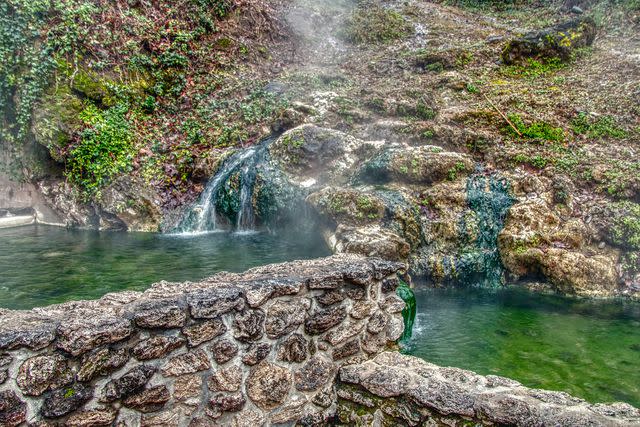These Are the Most and Least Crowded National Parks in the U.S.
A new study dove into National Park Service data to find the results.

Patrick J. Endres/Getty Images
National parks protect and preserve the natural environment while providing the public with access to the nation’s most beautiful, unique, and historic places. But open public access often leads to crowds. (The National Park Service (NPS) reported 312 million recreation visits in 2022 alone — a 5 percent increase from 2021.)
As any seasoned park visitor knows, there are plenty of ways to avoid crowds: get to the park early, visit during a weekday, or plan your trip during the park’s quiet season. But the truth is that some parks are just more crowded than others.
To get a realistic look at how crowded national parks across the nation will be this summer, HawaiianIslands.com — a source for restaurants, attractions, and vacation rentals on the Hawaiian Islands — analyzed NPS data for every park to determine which are the most (and least!) crowded.
Hot Springs National Park is the most crowded park in the U.S.
Hot Springs National Park in Arkansas is best known for its historic bathhouses that are fed by ancient thermal springs. But in addition to natural hot springs (and accompanying mountain views), the national park is extremely small. In fact, the park comprises just 5,550 acres (22.5 km2) and incorporates parts of the town of Hot Springs, Arkansas.
The park’s tiny size makes it susceptible to overcrowding, with the study reporting that the park sees a whopping 11.7 million annual visitors per 100 km2 (about 24,710 acres). The crowds are particularly bad in the summer, during the park’s high season.
After Hot Springs National Park, the study highlighted New River Gorge National Park and Preserve in West Virginia (72,808 acres) and Indiana Dunes National Park in Indiana (15,070 acres) for their high density of visitors.

Jacob Boomsma/Getty Images
Gates of the Arctic National Park is the least crowded park in the U.S.
Far from the bustle of Hot Springs National Park — and pretty much everything else — is Alaska’s Gates of the Arctic National Park, the least crowded park in the U.S., according to the study. The park, which is set in the rugged and unspoiled wilderness of Alaska, is expansive — at 8,472,506 acres (34,287 km2) — and its size provides each and every visitor with plenty of elbow room. In fact, the study found that the park sees just 31 annual visitors per 100 km2 — a stark contrast to the 11.7 million people per 100 km2 who make their way to Hot Springs each year.
It’s worth noting that visitors going to Gates of the Arctic National Park — America’s northernmost national park that is only accessible by local air taxis from Fairbanks, Alaska — tend to spend more money on the trip. According to the study, travelers spent an average of $1,629 per person to visit the Gates of the Arctic.
Four other Alaska national parks followed Gates of the Arctic National Park for low visitor density: Lake Clark National Park and Preserve, Wrangell - St. Elias National Park and Preserve, Katmai National Park and Preserve, and Kobuk Valley National Park. And in the Lower 48 (aka the contiguous U.S.), the remote island cluster of Isle Royale National Park in Michigan was recognized as the least crowded national park.
For more Travel & Leisure news, make sure to sign up for our newsletter!
Read the original article on Travel & Leisure.

